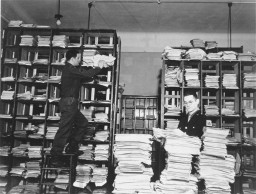You searched for: ���������������������������������������what���kaa2238���kp3j3xr
<< Previous | Displaying results 1-9 of 669 for "���������������������������������������what���kaa2238���kp3j3xr" | Next >>
-
What is Genocide?
ArticleThe term genocide refers to violent crimes committed against groups with the intent to destroy the existence of the group. Learn about the origin of the term.
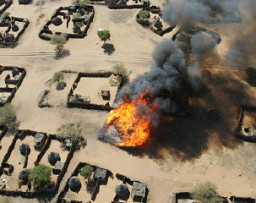
-
What Groups of People did the Nazis Target?
ArticleJews were the primary targets for mass murder by the Nazis and their collaborators. Nazi policies also led to the brutalization and persecution of millions of others.
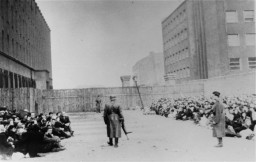
-
"What shall be done with the war criminals?"
ArtifactCover of booklet titled "What Shall Be Done with the War Criminals?" Published by the United States Armed Forces Institute, this was one of a series of 42 pamphlets created by the U.S. War Department under the series title "G.I. Roundtable." From 1943-1945, these pamphlets were created to "increase the effectiveness of the soldiers and officers and fighters during the war and as citizens after the war." Many of the pamphlets addressed the possibilities of a postwar world.
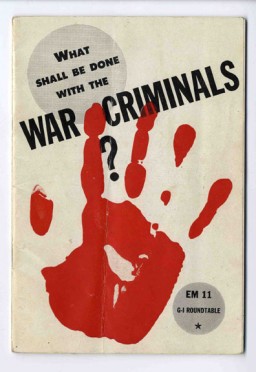
-
What does war make possible?
Discussion QuestionPersecution of Jews and other targeted groups was already government policy in Germany once the Nazis were in power in 1933. But following the German invasion of Poland on September 1, 1939, war provided the opportunity and motivation for more ext...
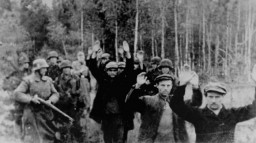
-
What conditions, ideologies, and ideas made the Holocaust possible?
Discussion QuestionThe leaders of Nazi Germany, a modern, educated society, aimed to destroy millions of men, women, and children because of their Jewish identity. Understanding this process may help us to better understand the condit...
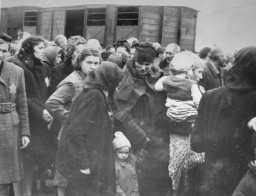
-
What have we learned about the risk factors and warning signs of genocide?
Discussion QuestionThe study of the Holocaust raises questions about how the world can recognize and respond to indications that a country is at risk for genocide or mass atrocity. While each genocide is unique, in most places where genocide occurs, there are common...

-
Sophie Turner-Zaretsky describes what she would like people to think about when they see her teddy bear
Oral HistorySophie was born Selma Schwarzwald to parents Daniel and Laura in the industrial city of Lvov, two years before Germany invaded Poland. Daniel was a successful businessman who exported timber and Laura had studied economics. The Germans occupied Lvov in 1941. After her father's disappearance on her fifth birthday in 1941, Sophie and her mother procured false names and papers and moved to a small town called Busko-Zdroj. They became practicing Catholics to hide their identities. Sophie gradually forgot that…
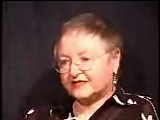
-
What were some similarities between racism in Nazi Germany and in the United States, 1920s-1940s?
Discussion QuestionLearn about some aspects that are similar and some that are different in the history of racial antisemitism in Germany and racism in the United States.
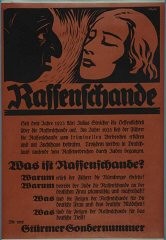
-
Holocaust Denial
SeriesHolocaust denial is any attempt to negate the established facts of the Nazi genocide of European Jews. Explore the articles in this series to learn about Holocaust denial and its origins.
